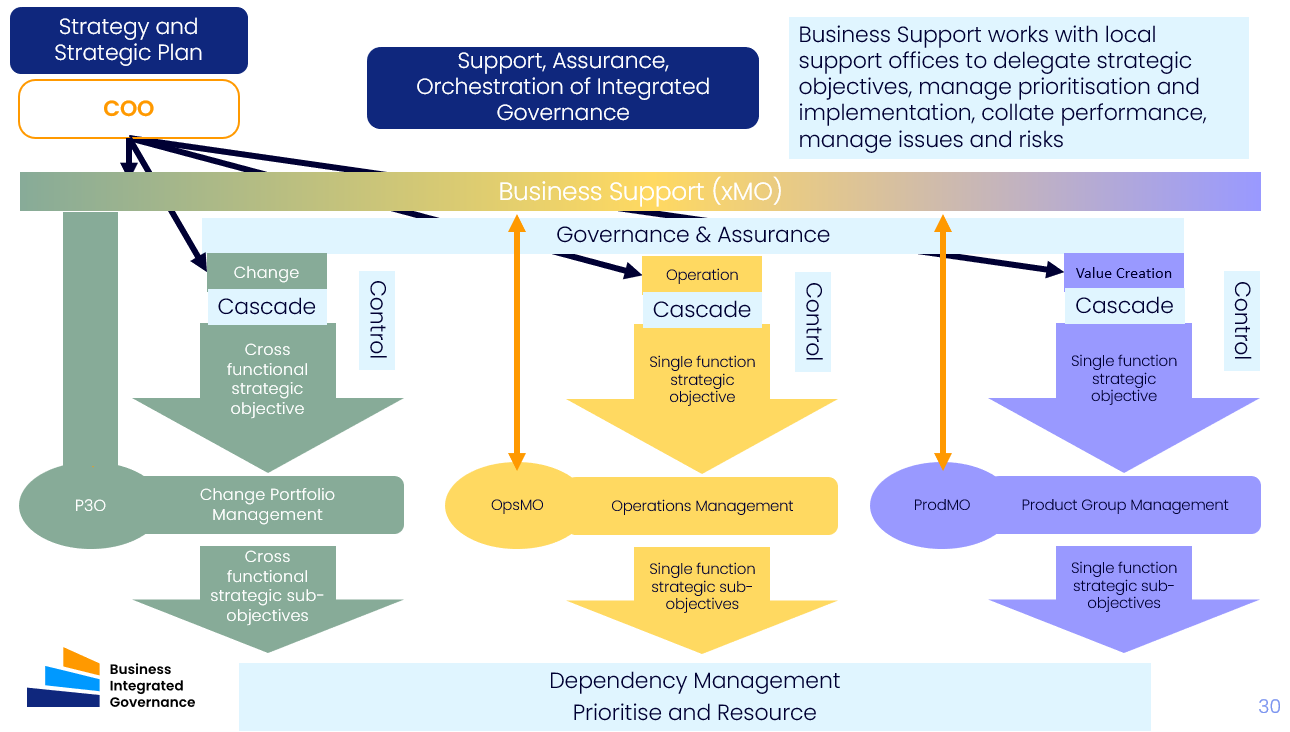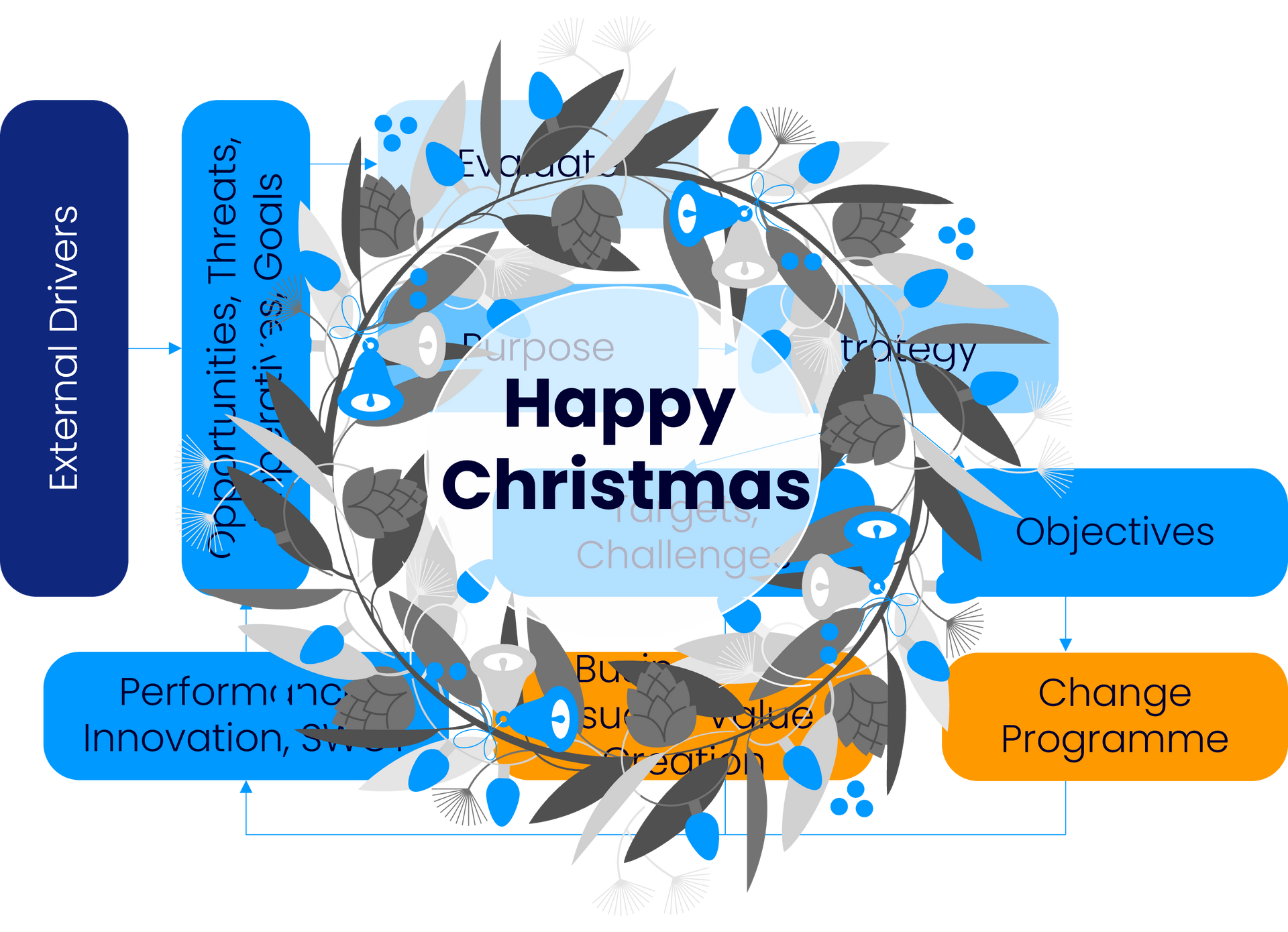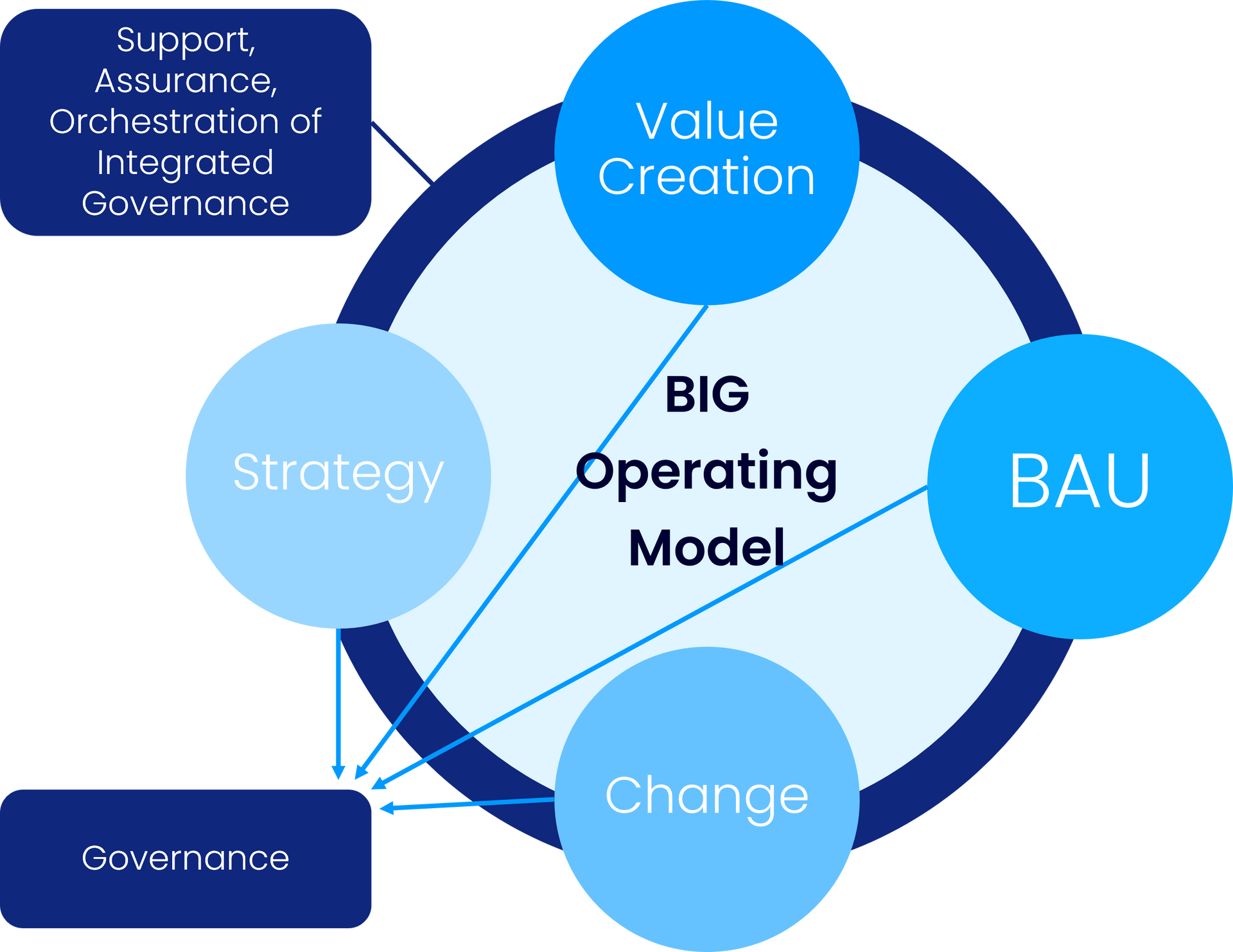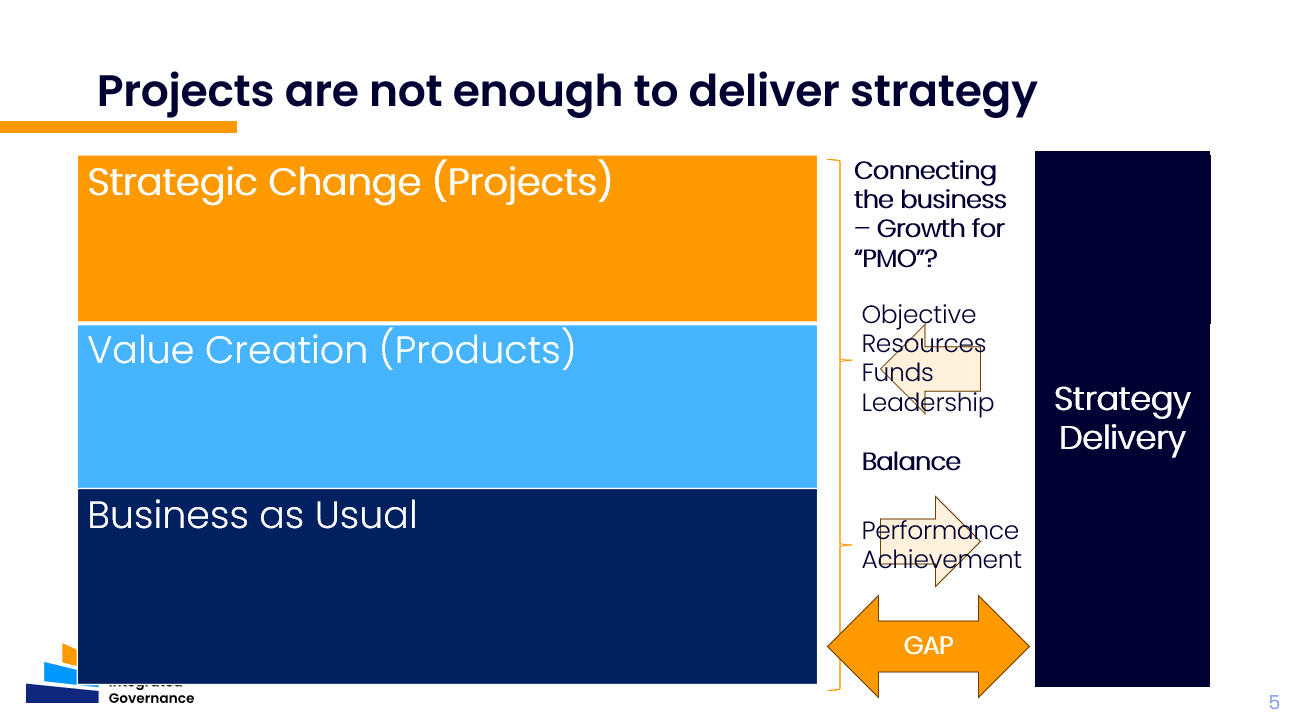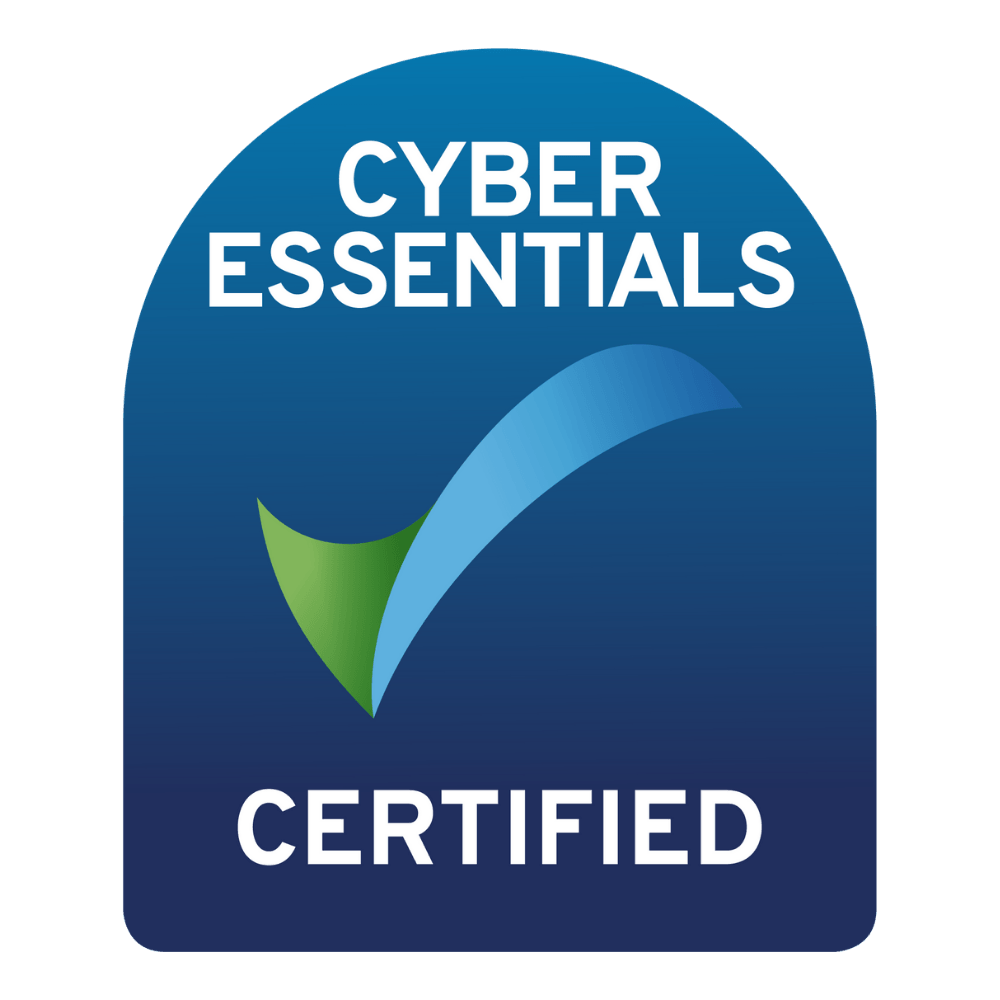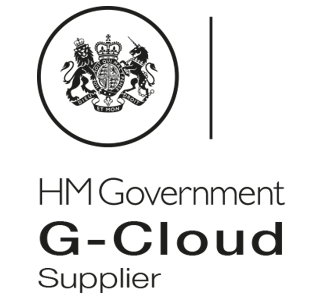This is a subtitle for your new post

In the introduction to this topic (see here), we asked how do you ensure, or assure, that your project or programme has been established with healthy governance in mind – and is still appropriate for this stage of the journey? We stated ten golden rules - this blog concentrates on the second of these rules
Purpose, Vision and Roadmap
In the first of our blogs, we considered the importance of Alignment and Relationship of programmes to organisational strategic goals. But that may not be enough for some stakeholders to fully understand the outcome and end state being sought from this programme. Most people need some breakdown of the organisational goal into more granular clarity of the purpose (the ‘why’), vision and “end state”. To give real meaning we need to clearly define the destination, outcome and benefits (e.g., Market positioning, Target Operating model, profitability, reputation, etc.) and the journey (the steps needed to achieve the outcome)? The purpose (‘why’) and desired outcome and end state vision should drive all key decisions and delivery at all stages. Ok so I recognise that for complex projects/programme then the vision, journey and definition of success might be a bit murky at the outset, but that’s ok. The clarity can evolve over time.
For your specific programme Is there a clear purpose that makes sense to you, is there a vision that is articulated in a concrete way (e.g. enterprise target operating model) and an overall method for the journey that is clearly articulated and understood by the team and stakeholders? Has the project / programme adopted an appropriate delivery method for the type, complexity, complication, stakeholder environment, technology, politics? For example, choosing a traditional ‘waterfall’ or linear / predictive approach might be fine for a simple project over a short timescale. However, delivering into a rapidly changing and complex stakeholder environment where the objective and method of getting to the result is uncertain is likely to lead to failure.
In these more dynamic situations, the rate of change, stakeholder objection and technology change can sometimes outpace the rate of progress on the programme. In this circumstance you might consider the merits of using a more ‘adaptive’ approach for the journey – adopting a programme of projects, or Agile approach where early partial delivery can deliver value, help gain stakeholder support and reduce uncertainty regarding the outcome success.

A key feature of this adaptive approach is to keep the elapsed time (schedule) to a minimum for each delivery / product / phase / sprint. It was well recognised in APM’s research into Factors for Project Success in 2015 demonstrated that there is a strong correlation between short project timescales and success. Carrying out programmes with short ‘projects’ or stages also enables best ‘positive’ learning as the delivery cycle is repeated quickly many times throughout the programme.
Most people have heard about the example from the US space programme back in the 1960s and 70s when during a visit to the NASA Space Centre in 1962, President Kennedy noticed a janitor carrying a broom. He interrupted his tour, walked over to the man and said: “Hi, I'm Jack Kennedy, what are you doing?” The janitor responded: “I'm helping put a man on the moon, Mr President.”
Having real clarity about purpose, vison and a clear (even not complete) journey route map enables people to gain meaningful purpose to their own work, build self-confidence in the journey and ultimately define and measure success.

